Process
Gyotaku Art
Traditional Techniques Finessed
The original method of Gyotaku during its origin was deceptively simple in both its technique and the materials used. A brush to swab calligraphy ink made of pine soot and water, called Sumi, directly onto the surface of the fish, and then a sheet of Japanese paper made from mulberry bark, called Washi (Kozo), pressed onto the inked surface to produce a print.
It would take Dwight years for him to finesse his craft so that his prints appeared recognizable. Years upon that to bring them back to life. Now he imbues his work with a sense of time, spirituality and emotion.
Paper
Once the ink is applied how I wish for it to be, a sheet of Japanese Washi is carefully placed onto the surface. Varying the pressure on the rub while recreating the shape of the fish onto the paper, all the while being careful not to create ‘cracks’ within the image due to the roundness of the body.
Name Seal
I received this name seal ‘Inkan’ when I was six years old by my auntie who predicted that I would either be a writer or an artist. When she had the seal created, she had my name engraved as well as the character for ‘writer’. Technically, it isn’t correct for me to use this with artwork, but my personal attachment to this childhood gift only grows fonder as I grow older.
裏打 - Urauchi Paper Flattening
Urauchi is the traditional process of joining the original artwork to a donor sheet of paper to produce a flattened piece of art devoid of creases, wrinkles or hard folds.
A 2-3 day process where fine wheat paste is applied to the back of the artwork and then the donor sheet brushed on top of that. Once dry, the joined sheets are peeled off to reveal an absolutely brand new looking sheet of paper.
We offer this service for artwork that has not already been flattened or for those who have purchased our art and would like to have them flattened.







